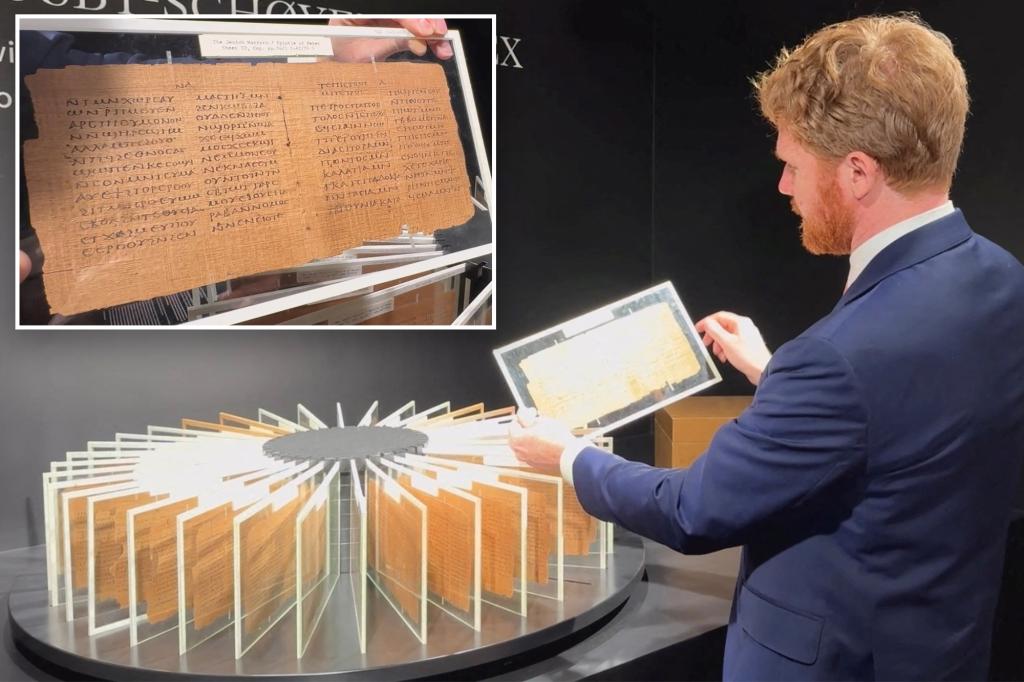The Crosby-Schoyen Codex, a Coptic book from Egypt believed to be one of the oldest books in existence, will be auctioned in London in June. Estimated to be worth between $2.6 million to $3.8 million, the codex was written on papyrus between 250-350 AD in one of the first Christian monasteries. According to Christie’s Senior Specialist, Eugenio Donadoni, this book marks a transitional period as the traditionally used papyrus scroll form began to transition into the codex form, what books are known as today. The codex consists of 104 pages written by a single scribe over 40 years in a monastery in upper Egypt and contains the earliest known texts of the first epistle of Peter and the Book of Jonah.
The preservation of the Crosby-Schoyen Codex has been attributed to the dry climate of Egypt, with only a few books from the 3rd and 4th centuries surviving to the present day. Donadoni highlighted that significant Christian manuscript finds from this era are concentrated in Egypt due to these climactic conditions. Discovered in Egypt in the 1950s, the codex was acquired by the University of Mississippi until 1981, when Norwegian manuscript collector Dr. Martin Schoyen purchased it. Now part of the Schoyen Collection, one of the largest private manuscript collections globally, the codex will be auctioned alongside other highlights of the collection.
Available for public viewing at Christie’s New York from April 2 through April 9, the Crosby-Schoyen Codex will be auctioned in London on June 11. The rarity of this codex, with its ancient origins and early Christian texts, makes it a highly prized and valuable artifact in the world of manuscript collections. This ancient book offers a glimpse into Christianity’s early history and the origins of the transition from papyrus scrolls to the codex form of books. Its significance lies in its age, the important biblical texts it contains, and its well-preserved state due to the unique conditions in Egypt.
The discovery of the Crosby-Schoyen Codex sheds light on the early Christian monastic practices in Egypt and provides insight into the region’s importance in preserving Christian manuscripts from the 3rd and 4th centuries. The manuscript’s journey from being found in Egypt to being acquired by prestigious institutions like the University of Mississippi and later the Schoyen Collection speaks to its historical and scholarly significance. The auctioning of this rare and valuable codex presents an opportunity for collectors, historians, and enthusiasts to own a piece of ancient history and further unravel the mysteries of Christianity’s early development in Egypt.
As one of the oldest surviving books in existence, the Crosby-Schoyen Codex represents a valuable piece of early Christian history and offers scholars a unique opportunity to study and analyze original texts from the period. Its association with some of the earliest books of the Bible, such as the first epistle of Peter and the Book of Jonah, places it among the most significant Christian manuscripts ever discovered. The codex’s composition over a span of 40 years by a single scribe in an Egyptian monastery adds to its historical and cultural value, providing a window into the religious practices and book production techniques of the time. Its upcoming auction in London will draw attention from around the world, reflecting the enduring fascination with ancient manuscripts and their role in understanding the development of Christianity.


